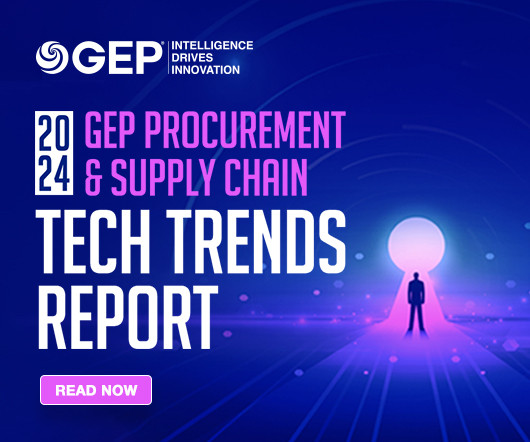Expert Explains How to Improve Supply Chain Efficiency
Supply Chain Opz
DECEMBER 1, 2014
'Over the years, supply chain professionals have been trying to improve supply chain efficiency so they can gain an edge over the competitions. In this guest commentary, Thomas Roemer, Executive Director of the Leaders for Global Operations at MIT Sloan School of Management will show you where the problem lies and ways we can deal with this issue. Companies seeking to further improve their supply chain efficiency will have to continue fighting their old foe – variability – albeit in a set of new



















Let's personalize your content